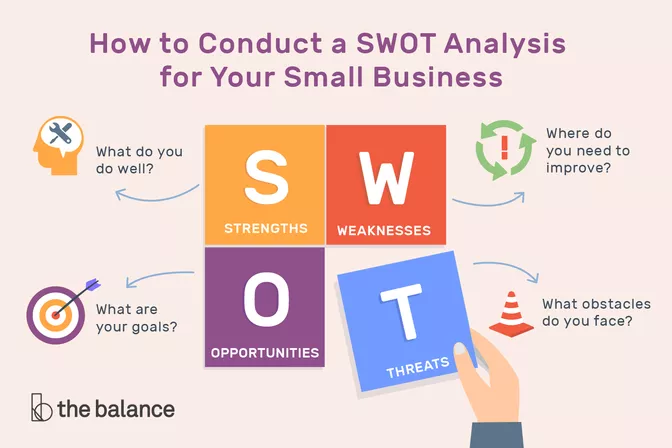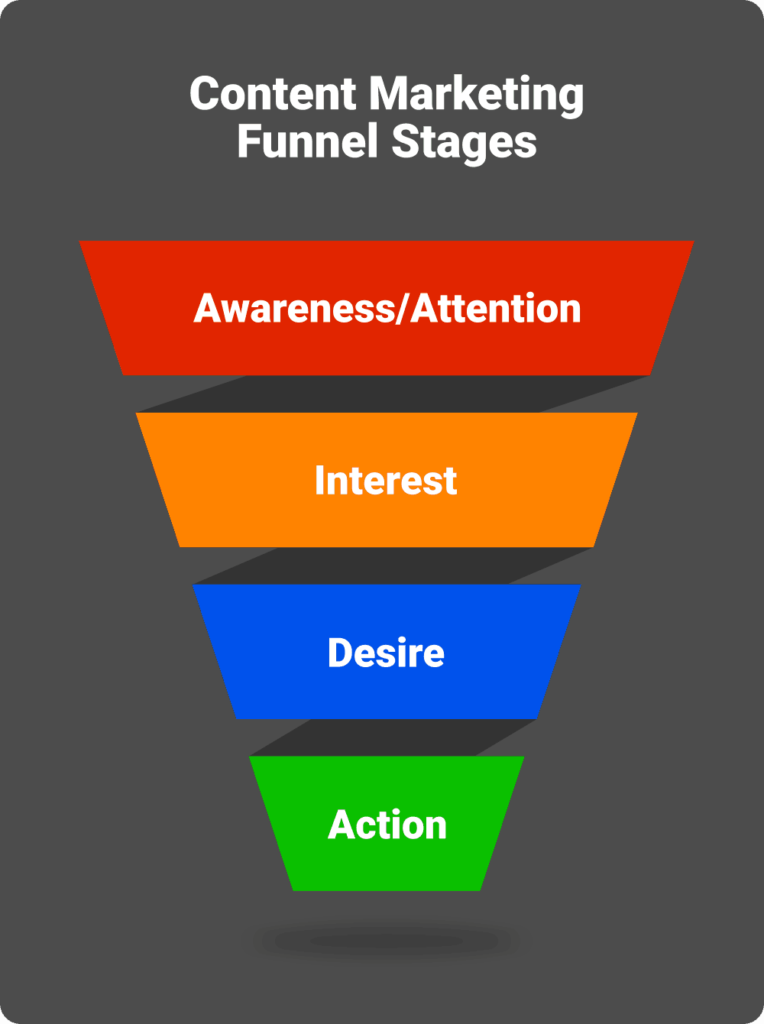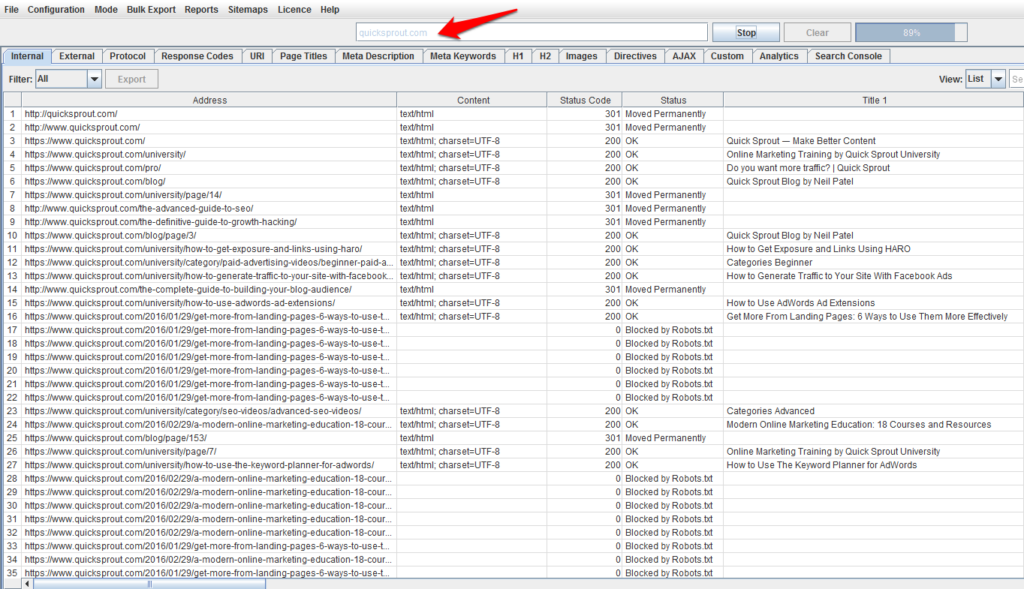
In an age when content is king, brands are furiously trying to pump out new kinds of content almost daily. Every day, something new grabs the world’s attention, and content marketing teams scramble to create something quirky around it to stay on top of trends.
Dunzo, a Bengaluru-based delivery services company, does it brilliantly with its puns and clever wordplay.

But this approach is not without its caveats. What if your content style gets stale and people tire of your content marketing, meaning people start ignoring your posts altogether? To avoid this, you should conduct a thorough content audit.
What Is a Content Audit?
The content marketing meaning is perspective-driven. It’s not to simply put out an avalanche of posts or repurpose/repackage old content blindly. It’s also about going through all your content with a fine-tooth comb to see what works and doesn’t.
Put simply; a content audit is about taking stock of your existing content volume and future content pipeline and assessing whether it’s in line with your larger marketing goals.
It’s about taking an inventory and methodically analyzing all the indexable content (content that can be discovered and ranked by search engines) on your digital properties. This can be on your website, landing pages, blog, social media pages, ad campaigns, emails, videos, FAQs and more. It is a qualitative evaluation of your content strategy measured against your business KPIs. Think SWOT analysis, but for your content.

When done in the right manner, an effective content audit will help you answer the following questions regarding your content pieces:
- Which topics/themes are resonating the most with your audience?
- Which posts performed the best and truly struck a chord?
- Which posts did not get any kind of traction?
Why Do You Need a Content Audit?
A content audit is usually carried out for two reasons:
1. SEO (Search Engine Optimization)
SEO is the lifeblood of digital products and can make or break your content marketing, meaning you must meticulously plan for it.
A digital content audit compels you to review your keyword strategy to target higher ROI-generating keywords. You learn to anticipate what users search for and craft content around it, driving value and thereby shooting up the SERPs.
You can track competitor moves and create comparison blogs, highlighting why you are the better choice. You might also discover that long-form content works better for your audience, or that adding more backlinks leads to greater reach.
Last but not least, it can uncover basic errors you’re committing, like redundant blogs, keyword stuffing, audience mismatch, and so on. You can incorporate all these insights into your content strategy and drive humongous amounts of organic traffic to your website.
2. CRO (Conversion Rate Optimization)
Conversion is the ultimate goal of content marketing, meaning all that spike in traffic counts for naught if it doesn’t move down the funnel. Content audits give you complete visibility into the leakiness of every stage of your conversion funnel – awareness, consideration, and decision.
Each stage has its rules vis-a-vis messaging and tone, so these audits can help you identify and plug gaps in your funnel. Your content quality or relevance improves, resulting in higher engagement levels (likes, comments, shares, downloads). And the more people download and use your product, the better your odds of converting them into paying customers are. Or better still, turning them into brand advocates.

Define Objectives to Conduct a Content Audit
As a British-American author and inspirational speaker, Simon Sinek so eloquently said, “Start with why.”
A content audit is time-consuming and cumbersome, so it’s important to clearly define its objectives before diving into it. The first step is aligning all the stakeholders with top-level business goals. Some of them can be:
- Identify web pages having a high potential to come on the first page of Google search results.
- Improve internal linking and eliminate orphan pages.
- Figure out what type of content (blogs, videos, images, infographics) works best for different target segments.
- Find out which pages generate the most leads.
Then, you need to match these business goals with the correct content metrics. You can measure the following:
- SEO: Google rankings, organic traffic, paid traffic, CPC (cost-per-click) bids, number of backlinks, etc.
- Behavior: Dwell time, bounce rate, scroll depth, heatmaps, average session duration, page views, etc.
- Engagement: Clickmaps, shares, likes, chats with a chatbot, etc.
- Sales: Signups, conversion rates, subscriptions, repeat customers, LTV, etc.
Clarity during this stage will make execution a piece of cake.
How to Conduct a Content Audit
1. List down all your current content pieces
Instead of manually entering data into a spreadsheet, use a service like Screaming Frog to crawl your domain and export all your existing pages automatically. The free version lets you crawl up to 500 links. Just enter your root domain URL and hit Start. Once it’s complete, filter it by HTML and export the results. This is your master sheet. From the exported sheet, keep only the URLs with a status code of ‘200’.

2. Monitor key metrics
Pull up metrics important to you from Screaming Frog or other sources and track them obsessively. Some of them can be:
- Length of the title: A catchy title can boost your CTR (click-through rate). The recommended length is 55-60 characters.
- Keyword search volumes: You can get this from Adwords or another keyword research tool like Semrush.
- The number of backlinks: The higher the backlinks, the higher your rankings will be. Use Ahrefs or Majestic to get this data in bulk.
- Social shares – Use ShareTally to get the complete distribution of your social shares.
As a content audit can be considered ‘SEO clean-up’ to some extent, some metrics are a must-do:
- Broken links: You may have used sources in your blogs or linked to guest posts and products that no longer exist. Cleaning these up is crucial to giving your SEO stats a boost
- Meta description: Ensure each page includes a meta title and meta description in keeping with the character count limits.
- Images and image ALT tags: Audit images and make sure that Image ALT tags are present for each one. ALT tags describe the image to the user in case the image doesn’t load. These are great tools for SEO optimization.
- Date last updated: For older posts that have performed significantly well, it can be useful to update the content to help boost rankings. You can do this by increasing the word count and refreshing the work with newer, more relevant information.
Other key metrics that can give marketing insights:
- Word count: While it may seem that Google has been pushing longer posts in recent years, that may not always be true for you. Charting out word count vs. views can help you understand why some outliers may have overperformed or underperformed.
- Condition: This means to split the content into evergreen, seasonal, or out-of-date content. This is even necessary when you’re working on product descriptions. Are you pushing for ‘breezy summer clothes’ when it’s actually winter now?
- Associated tags and categories: If you’re revamping the overall marketing strategy or there have been changes to your funnel, it can be useful to check whether some tags or categories are over or underpopulated. You can also conduct an audit by category to gain insights into the preference of the general audience.
3. Create rich user personas
Know thy audience. You should know your audience inside out – their likes/dislikes, topics they’re interested in, pain points, etc. Create detailed avatars (user profiles) to get all this information at a glance.

Use these psychographic insights to pre-empt topics and keywords they might be interested in reading about.
4. Bridge the gaps
At this point, you should have two sheets:
- One containing all your existing content and metrics
- One containing all the content ideas your target audience might be interested in (your prospective content calendar)
Now, just compare both sheets and fill in the content gaps. You should look out for two things here:
- Topics you have missed altogether
- Topics that underperformed
- Topics that have overstayed their welcome i.e., performed well initially but did not pick up pace after a rework or repurposing
And voila! You suddenly have a carefully thought-out, new content strategy that you can implement.
Common Auditing Mistakes to Avoid During a Content Audit
1. No concrete goals
We can’t stress this enough. You need to have a specific objective for your content audit. It can be traffic, leads, blog subscribers, or revenue. But you have to explicitly define it beforehand. You cannot just wing it.
2. Chasing the wrong metrics
This is a knock-on effect of the first mistake. You must decide what metrics to track after you settle your auditing goal.
Doing it for SEO? You must examine meta descriptions, inbound links, drop-offs, average time on page, and more. Is brand awareness the goal? Check social metrics like comments, ratings, reviews, likes, shares, et al.
It’s okay to do a mixed bag of audits, but you should set an end goal. That’s the only way you can be sure that you’ve taken a concrete step in improving one particular metric for your upcoming content.
3. Trying to do it manually
Manually conducting an audit is a tedious process and can waste precious time. The time you can spend strategizing and executing. Let online tools do all the grunt work for you. There are tools for every process step – Google Analytics, Keyword Planner, Buzzsumo, Moz, SEMRush, Ahrefs, etc.
4. Write everything down
Your content auditing process should be documented clearly for others to access and execute with their eyes closed. Explaining everything in layman’s terms also prevents ambiguity and misinterpretation.
5. A content inventory is NOT equal to a content audit
An inventory implies listing down all your existing content pieces with a few basic metrics (title, description, word count). An audit is a comprehensive process requiring careful deliberation and systematic implementation, leveraging tools, instincts, and know-how. As such, taking an inventory is often the first step for a content audit.
Key Takeaways
- It’s important to align your SEO goals with the different stages of a content marketing funnel.
- Don’t just look for what works, give a second thought to what doesn’t as well. It can be helpful to repurpose content that didn’t work the first time around towards another social media or marketing channel where it may perform as intended.
- Don’t chase after KPIs all the time. Stick to one indicator for coming up with your next strategy. For example, if you’re getting good shares but not enough comments, it may be worth considering improving engagement as your end goal rather than the Google rank.
- Build comprehensive user personas. Always include as much detail as possible and prioritize your buyer circle correctly.
- Inventory and audit are not the same. Inventory is only a part of the content audit process.
The Takeaway
We hope this quick guide comes in handy when you get down to performing a content audit. It’s a tedious process to strategize an ongoing and constantly changing venture like content marketing, meaning it can get difficult to incorporate new ideas without measuring your effectiveness.
The barrage of data after an inventory check-up may make you feel like you’ve hit a brick wall. Remember, auditing is not a process; it’s a mindset you need to instill in your team. But once you do, you can expect your content to appeal more to the masses than ever.

FAQs
A content audit helps you measure and improve the performance of your content marketing strategy as a whole, rather than on a post-by-post or page-by-page basis.
You can use several tools and templates made available online by Google, Microsoft, Hubspot, and more. Most organizations choose more than one content audit tool to get a comprehensive view.
Since you can track many metrics during the content audit process, it can be hard to determine one all-important metric. One of the ways in tackling this challenge is to develop your own ‘page score’.
On average, organizations carry a content audit once every year. However, if your industry is changing quickly or you have a particularly large volume of content to review, you can do an audit every quarter or bi-annually.
A rolling content audit continuously keeps track of key metrics from an initial inventory or can. The live metrics are monitored on a regular basis (say weekly, or monthly), to promote data-driven content.
Latest Blogs
Learn how to rank on AI search engines like ChatGPT, Perplexity, and Gemini by optimizing your content for authority, structure, and relevance. Stay ahead in AI-driven search with this strategic guide.
Explore the best healthcare SEO services for your medical practice. Improve online visibility and effectively reach more patients in need of your services.
Discover top social media agencies specializing in banking solutions, enhancing financial services and driving engagement.
Get your hands on the latest news!
Similar Posts

Content Marketing
4 mins read
11 Best B2B Content Marketing Agencies for B2B Companies in 2024

Content Marketing
5 mins read
Top ecommerce Marketing Agencies with Proven Strategies for 2024

Content Marketing
5 mins read